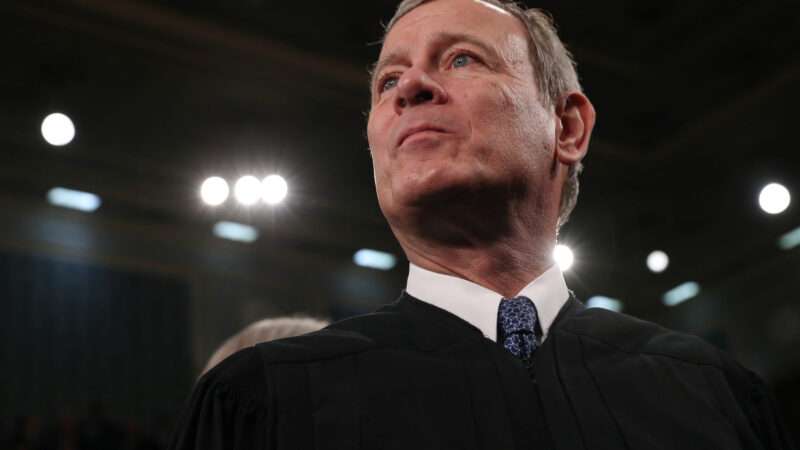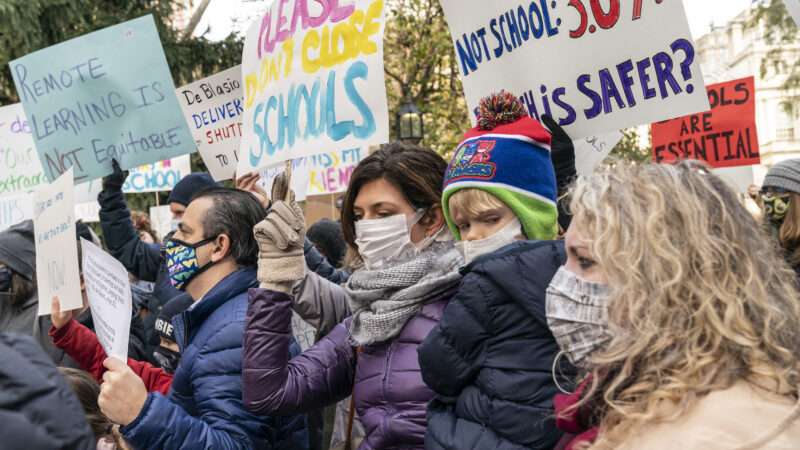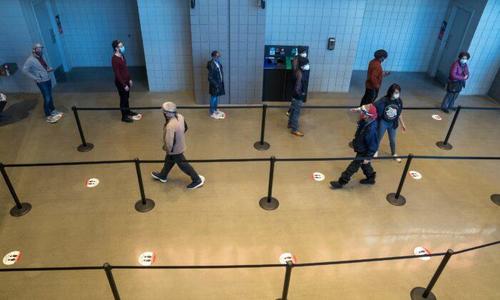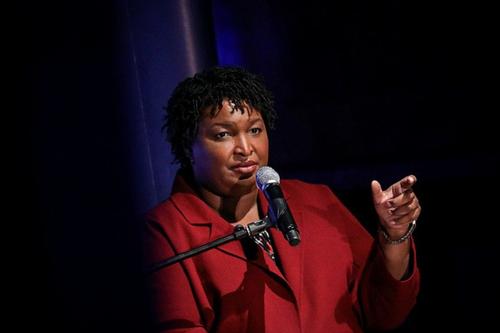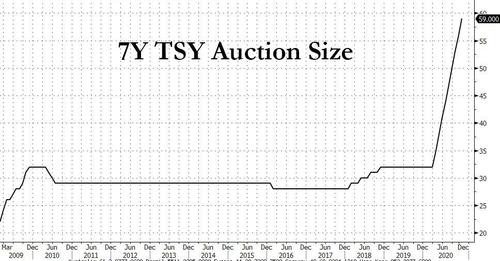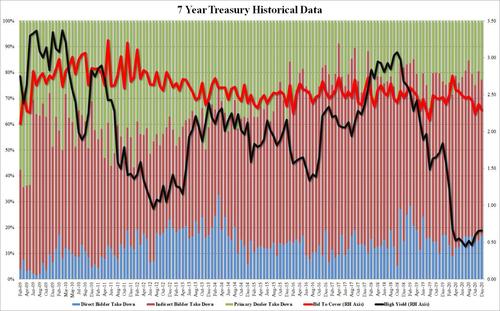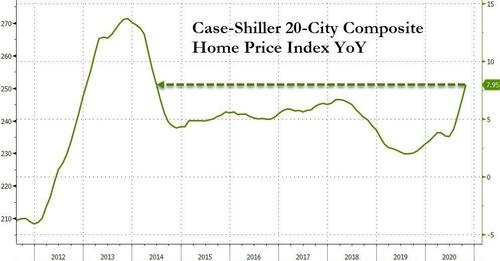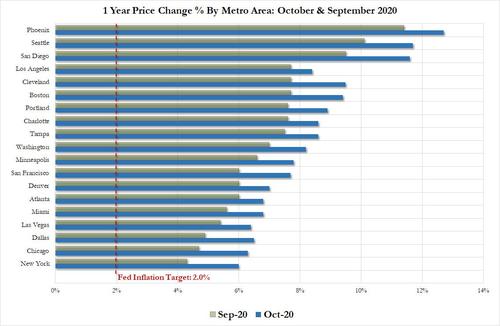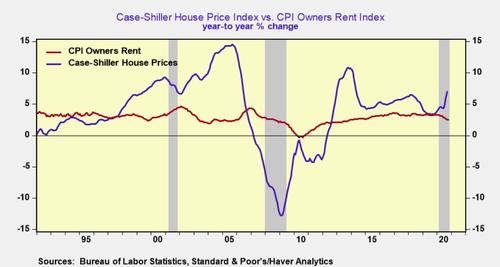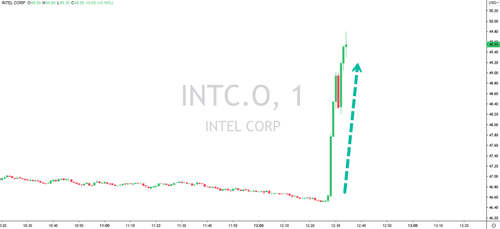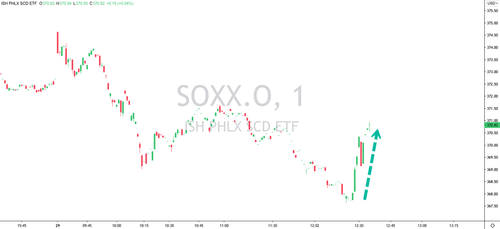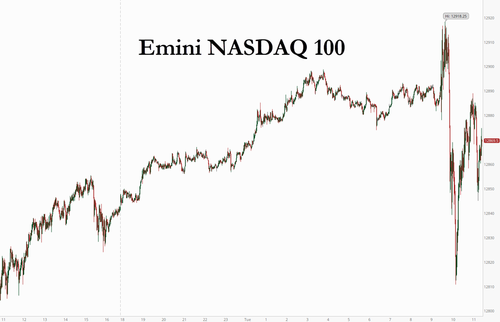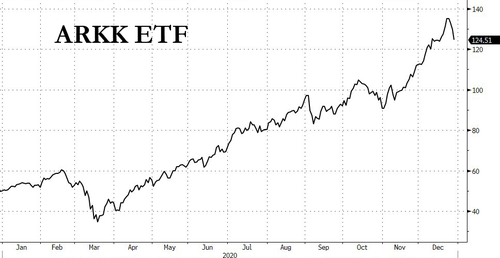I’ve got a great new business model for ya, kid.
We’re going to tell parents of every child between the ages of 5 and 17 that they are required by law to prove that they are regularly—like Monday-through-Friday, eight-months-a-year regularly—consuming a certain category of product. We are further going to offer that product for free (on the consumer end, anyway). Operational funding will vary by geography, but will basically be anchored to property taxes, which tend to grow predictably over time. Additional money is routinely provided on a per-customer basis. In many places, the only entity with access to that funding will be a monopoly. That’s where you come in.
You are in charge of the primary purveyors of this product—the employees of the monopoly, or near-monopoly. You run their guild. Your challenge is to make their working conditions maximally favorable, to grow their ranks, and to make sure nothing disrupts that guaranteed revenue stream. Oh, and in many big cities and heavily populated states, your union has among the most political power of any organized bloc, helping to elect and influence the politicians with whom you negotiate working conditions at the monopoly.
You couldn’t possibly screw this up, could you? Could you?
—
One of the central paradoxes of monopolies is that they rarely last in the long run. Eastman Kodak had 96 percent of the American photographic film market in the 1920s, was on the Dow Jones Industrial Average index for 75 years, but by 2012 had filed for Chapter 11 bankruptcy protection. Microsoft had 94 percent of the web browser market share in 2002; now it’s below 5 percent. Daily newspapers in the U.S. were overwhelmingly monopolistic in their cities between 1960 and 2000, fattening up both profit margins and newsroom budgets.
It’s usually difficult to appreciate in real time, but the very noncompetitiveness that builds monopolistic fortunes seeds their eventual demise. The phrase “captive market” is quite apt: Managers start treating clients like prisoners, always extracting maximum value from a consumer base they treat with increasing indifference or even contempt.
Writing about Kodak and other upended behemoths in the Wall Street Journal back in 2006, William M. Bulkeley observed: “Their business success relied on forcing customers to buy things they didn’t want. Photo companies made customers pay for 24 shots in a roll of film to get a handful of good pictures. Music publishers made customers buy full CDs to get a single hit song. Encyclopedia publishers made parents spend thousands of dollars on multiple volumes when all they wanted was to help their kid do one homework paper. The business models required customers to pay for detritus to get the good stuff.”
As Nick Gillespie and I wrote on the occasion of Kodak’s bankruptcy, “When given real choice, especially the choice to go elsewhere, consumers will drop even the most beloved of brands for options that enhance their experience and increase their autonomy.” But: “No corner of the economy, of cultural life, or even of our personal lives hasn’t felt the gale-force winds of this change. Except government.”
Which brings us to public education in the COVID-scarred year of 2020. Teachers unions, and the (largely Democratic) politicians they back, have relentlessly limited parental choice in the name of maximizing the autonomy of teachers to opt out of classrooms while still getting paid. No other country in the industrialized world has closed schools down to this degree.
Public schools in Los Angeles—mild, outdoors-friendly Los Angeles—have been 99 percent shuttered since March, with no opening in sight. What few big cities that have allowed for in-person instruction, such as New York, operate on maddeningly unpredictable hybrid schedules, subject to the ever-changing whims of a union-feting mayor who “hates” (typically non-unionized) charter schools, even though they educate 10 percent of the children in his system. The remote learning that tens of millions of kids are suffering through nationally is broadly understood to be a disaster.
The results are as predictable as day following night: Parents are pulling their kids out of public schools.
“The school boards association estimated that as many as three million students—about 6 percent of the public school population—are not taking classes right now, and that number could grow,” the New York Times reported in a December 22 piece. “That is potentially a major drain on public school budgets because most states base school funding at least in part on enrollment numbers.”
Whoops.
“Public Schools Face Funding ‘Death Spiral’ as Enrollment Drops,” went the Times headline, and you can see why:
The pandemic has already forced schools to fire non-union employees, spending the money instead on remote learning technology, the retrofitting of buildings, testing and surveillance programs, and other coronavirus-related expenses.…
States mostly have managed to hold school funding steady during the pandemic, but it is not clear how long that can be sustained, said David Adkins, the executive director and chief executive of the Council of State Governments, which tracks state policy nationally. It will be especially hard if enrollment does not rebound.
“We’ll have to see how many of those folks come back home after normalcy can be achieved,” Mr. Adkins said. But if the pandemic accelerates an exodus of affluent families from the public school system, he said he feared that the loss of enrollment and political support could trigger a “death spiral,” further weakening public schools at a time when poor and disadvantaged students are already lagging.
I can see more than a few libertarians rubbing their hands with glee at the sight of the phrases “public school system” and “death spiral” in such close proximity. Which in this case I prefer to wield as a club against the teachers unions: Did you really want to make some of your libertarian enemies happy? Because you totally did.
That does not mean I am happy, at all. To the contrary: I’m furious that public schools have used our money to fail poor kids. It should be a stain on the conscience of everyone who contributed to that terrible outcome.
And the late-breaking reopening noises from American Federation of Teachers President Randi Weingarten, New York City Mayor Bill de Blasio, and President-elect Joe Biden—sentiments that they kept unexpressed until after the electoral defeat of reopening enthusiast and union scapegoat Donald Trump—almost always come as a preamble to the real ask.
“We need a Marshall Plan for our schools,” went the headline on a Washington Post op-ed co-bylined two weeks ago by the superintendents of the (closed) Los Angeles, (closed) Chicago, and (mostly closed) New York school districts. “And we need it now.” And no, the $82 billion in the recently enacted COVID relief omnibus is not nearly enough.
Chances are, they’ll get at least one more big bailout from a newly union-friendly White House. Unless the public gears up the same kind of backlash that de Blasio and New York teachers union officials faced from wrathful parents when they shuttered all public schools in mid-November based on an arbitrarily low community testing rate for the whole city. Do they really want us to reward their bad management? To increase funding while they voluntarily decrease service?
Public schools have, or should have, literally just one job: teaching students. We’ve known since at least early July, based on observation and data worldwide, that group settings of young kids are disproportionately safe (at least until/unless the newer strains behave differently). Yet in an overabundance of both caution and political muscle, unions and their allies have made America a global outlier in keeping schools shut, driving parents away from the systems, and some cities, in droves.
We have seen previously what happens to school systems and cities alike when swaths of parents flee. It ain’t pretty. And in the ultimate of ironies, the same guilds that have such a concentrated amount of power are soon going to find themselves having to explain to the rank and file just why there aren’t as many jobs anymore.
We gave them a great business model. And they treated us like captives.

from Latest – Reason.com https://ift.tt/2JrLBNN
via IFTTT
